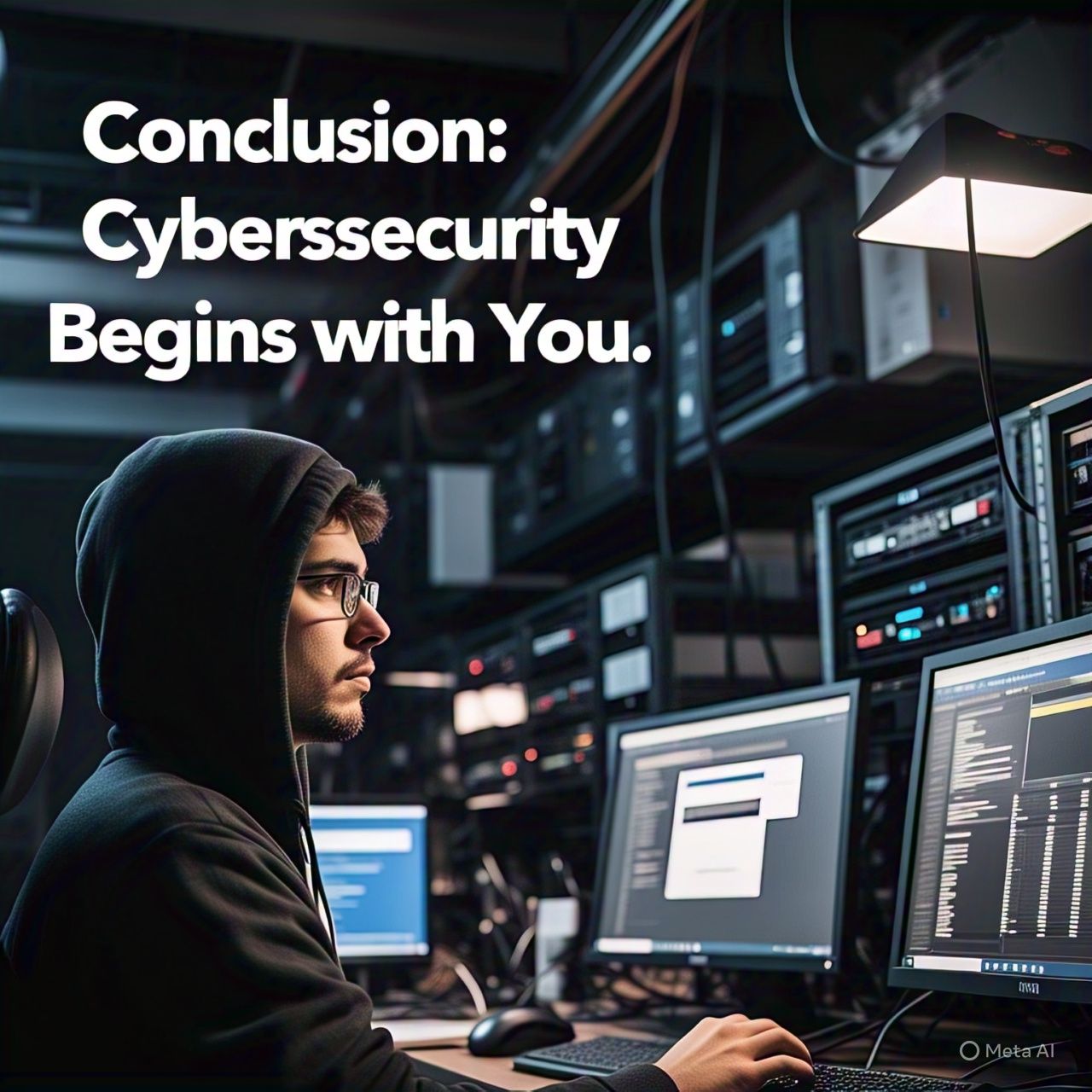
In this day and age of technology-dependent, high-tech life in 2025, we’ve never been more reliant on technology. With smartphones and smart homes, online banking and virtual offices, nearly every aspect of our lives depends on the internet. Although this digital shift has connected us and simplified our routines, it has also exposed us to more types of cyberattacks than ever before. The more connected we become, the more necessary it is that we lock down our digital lives using best practices for cybersecurity to stay safe in an increasingly risky online world. As we depend more on technology in 2025, understanding the best practices for cybersecurity is essential.
This guide explores the best practices for cybersecurity that everyone should follow in 2025—from using strong passwords and multi-factor authentication to securing smart devices and avoiding phishing scams.
The best practices for cybersecurity are no longer just a buzzword that IT managers and big businesses get to indulge in. It’s now a personal concern—something which all internet users must take seriously.
Whether you are just starting out in the world of best practices for cybersecurity or simply want to make sure that your online activity is today’s best practice , this guide is for you.
It’s mostly believed that best practices for cybersecurity need highly sophisticated skills or technical expertise, but that’s not true. Actually, even small modifications in your online behavior can make a significant impact. Understanding how to identify impersonation emails, having strong and complicated passwords, having two-factor authentication enabled, and having your software updated are some easy steps that can significantly enhance your digital security.
The problem for most newcomers is where to begin. That’s why this guide is all about straightforward, actionable guidance that anyone can take action on. Best practices for cybersecurity isn’t a destination to reach; it’s a process that continues. It just depends on establishing good habits , staying aware of risks, and ongoing preventative work to keep you safe online.
By doing these little but crucial steps, not only are you defending your private details, you are also making the internet safer for all to enjoy. It’s an environment where one lost click can impact hundreds, and your focus counts.
Whatever your role—student, business owner, or simply a passerby in cyberspace—remember this: best practices for cybersecurity start with you. Begin small, become consistent, and never get too comfortable.
1. Learn about the new cybersecurity world
- These recent years have seen a record-breaking evolution of cyberattacks.
- Offenders today employ more sophisticated techniques such as supply chain attacks, deep fake scams, ransomware-as-a-service (RaaS), and AI-driven phishing.
- Personal safety starts with the recognition that cyber threats evolve on a constant basis on a continuous basis.
- You need to be vigilant and responsive to such dynamic threats.
2. Generate and Maintain Secure Passwords
Weak passwords or easily guessed passwords will be one of the biggest culprits of security breaches in 2025.
Best Practices:
- In order to generate lengthy and strong passwords that are at least 12 characters, mix up uppercase and lowercase letters, numbers, and special characters.
- Never use the same password more than once.
3. Turn on Multi-Factor Authentication (MFA)
Multi-factor authentication is one of the simplest and best security improvements.
Best Practices:
- On critical accounts such as email, finance, and cloud storage, multi-factor authentication should always be turned on.
- Use authenticator apps (such as Authy or Google Authenticator) instead of interceptable SMS-based codes.
- If you cannot get to your authentication method, keep backup codes safe.
4. Update Software and Devices
Perhaps the most self-evident way attackers can access your devices is by exploiting vulnerabilities using old software.
Best Practices:
- Turn automatic updates on for all devices in use.
- Update operating systems, applications, browsers, and antivirus software regularly.
- Keep smart home devices and router firmware current.
- Here’s a revised version with “cybersecurity” included:
- Ensure best practices for cybersecurity by backing up data regularly and using secure cloud storage solutions.
5. Protect Against Phishing and Social Engineering Attacks
2025: Phishing can be AI-powered, hyper-personalized, and essentially indistinguishable from standard communication.
Best Practices:
- You should be suspicious about unexpected or unsolicited calls asking for your own information.
- Checking links for realness is usually done well by first doing a mouse-over and then also seeing the origin’s email address.
- If in doubt, use a reliable method to contact the sender.
6. Use Safe Wi-Fi and Networks
Cyber criminals love public networks.
Best Practices:
- Modify default router login credentials.
- Employ strong WPA3 encryption.
- Employ an isolated guest network for guests.
7. Back Up Your Data Regularly
Best Practices:
- Follow the 3-2-1 backup rule: three copies of data in total, two means of storage, and one (or offsite) cloud copy.
- Automate backup to maintain consistency.
- Test backups regularly to check proper operation.
8. Apply Antivirus and Anti-Malware Software
Antivirus software will remain a significant defense barrier in 2025.
Best Practices:
- Choose a good-quality antivirus and anti-malware product (for example, Malwarebytes, Kaspersky, or Norton).
- Update virus definitions.
- Plan systems to auto-scan automatically.
9. Practice Good Digital Hygiene
Best Practices:
- Log off from an account if not in use.
- Avoid clicking on pop-ups or advertisements, particularly on doubtful websites.
- Do not install unwanted browser add-ons.
- Cookies and cache should be cleared from your browser.
10. Be Mindful What You Post Online

Best Practices:
- Check privacy settings on social networking sites regularly.
- Posting pictures exposing personal details like houses, holiday itineraries, or identities should be done with caution.
11. Protect Your Cellular Phones
Best Practices:
- Strong PINs and biometric protection (face ID or fingerprint) should be used.
- Use remote wipe and encryption.
- Never use unknown sources for downloading software programs.
- Grant app permissions cautiously; allow only access that is completely necessary.
12. Detect and Counter AI and Deep Fake Attacks
Best Practices:
- Be cautious even when receiving suspicious voice or video calls from a known individual.
- Authenticate identities through other means (text, video call, etc.).
13. Keep Learning
Best Practices:
- Subscribe to top-rated best practices for cybersecurity blogs, YouTube channels, and newsletters.
- Take basic online courses to learn main concepts.
- To remain up-to-date, attend webinars or community forums.
14. Internet of Things (IoT) and Secure Smart Devices
Best Practices:
Replace default usernames and passwords immediately.
15. Educate Yourself About Your Rights and Legal Protection
Best Practices:
Block cookies and trackers with programs & browser extensions.
Conclusion: Cybersecurity Begins with You
As we move further through, best practices for cybersecurity are becoming a part of our daily life-not necessarily something to be concerned about for corporate America or computer professionals. We’re all helping to make the web safer. If you are browsing social media, reading your emails, online shopping, or online banking, your action counts.

It begins with little, considerate steps—selecting stronger passwords, turning on two-factor authentication, double-checking before opening suspicious links, and being careful about suspicious emails. These are small habits, maybe, but they are the building blocks of solid personal best practices for cybersecurity habits.
For beginners, best practices may be overwhelming to work with at first. But remember, best practices for cybersecurity are not an end-state goal—they’re a process. It’s not perfect; it’s consistent. Start small. Learn everything you can. Enhance better habits incrementally.
By doing this, you’re not only protecting your own data and digital identity—you’re also contributing to a safer internet for everyone. Your awareness helps reduce the risk of cyber threats, data breaches, & scams that affect people around you.
Cybersecurity isn’t just a technical skill. It’s a mindset. One that values caution, learning, & responsibility. And it’s never too early or too late to start.
Make security a part of your daily routine. Do it intentionally. Share it with others. What you do succeeds and has an effect that makes the entire cyber world safer.
So begin today. Be curious. Stay up to speed. And never stop growing.
If you prefer this conclusion in PDF, infographic, or presentation slide deck form, do please let us know in the comments below—we’d be delighted to make that possible for you!
Stay safe, stay vigilant, and remember: best practices for cybersecurity begin with you.
